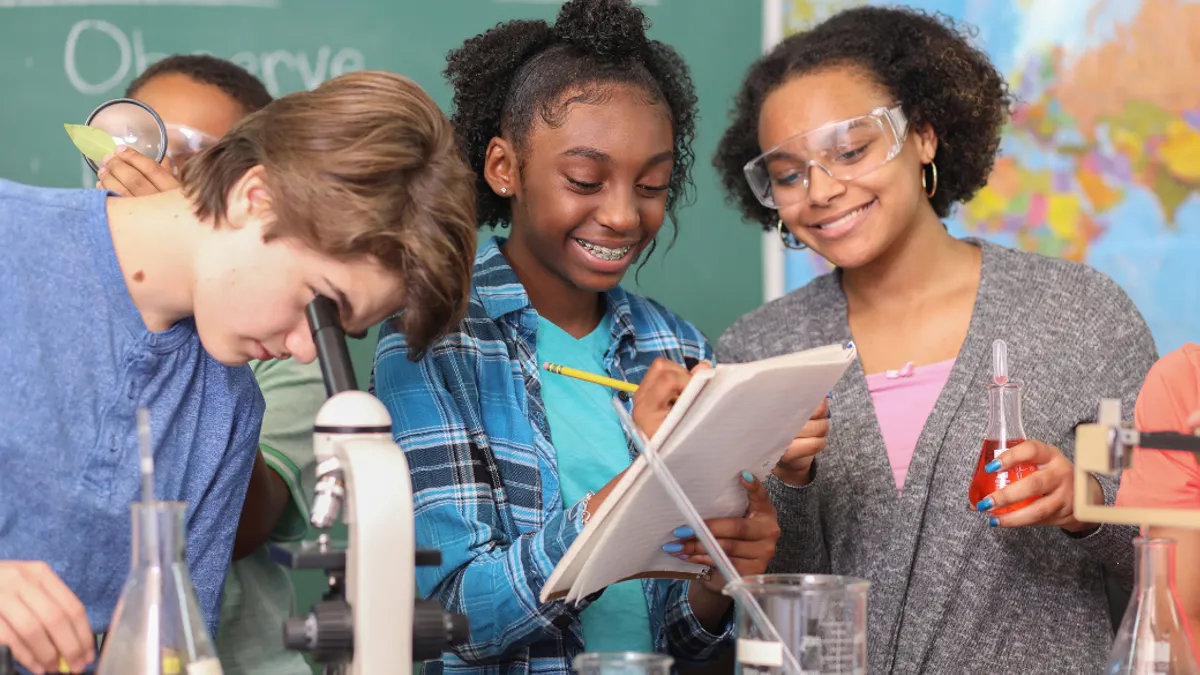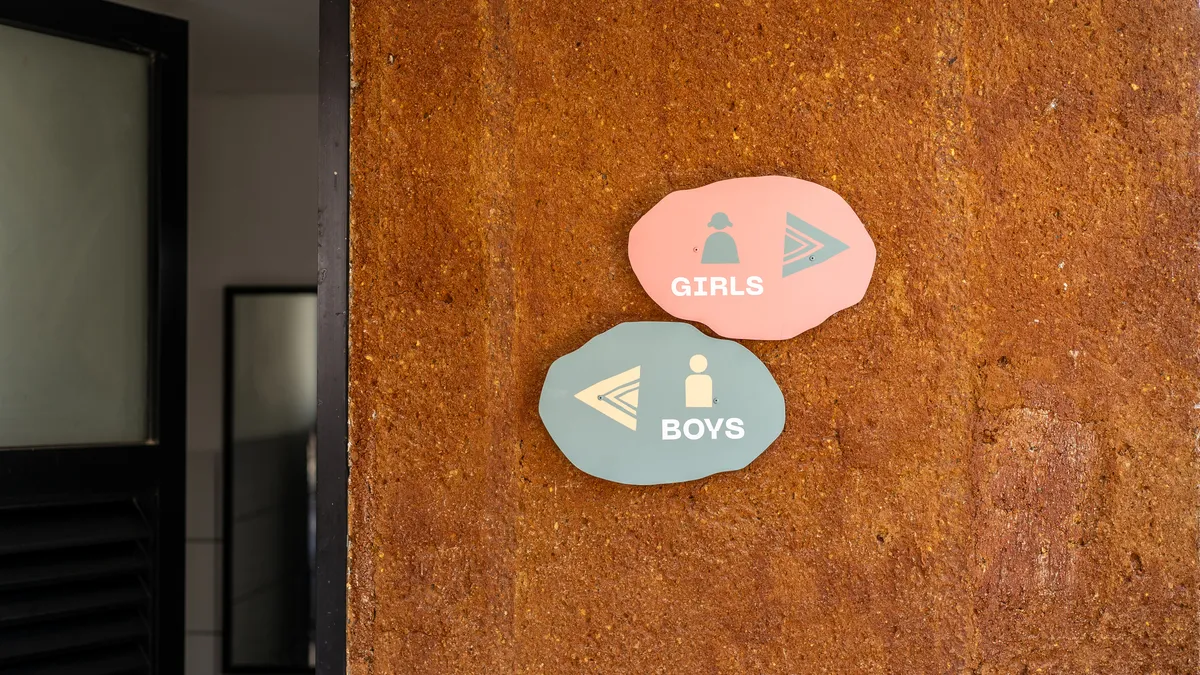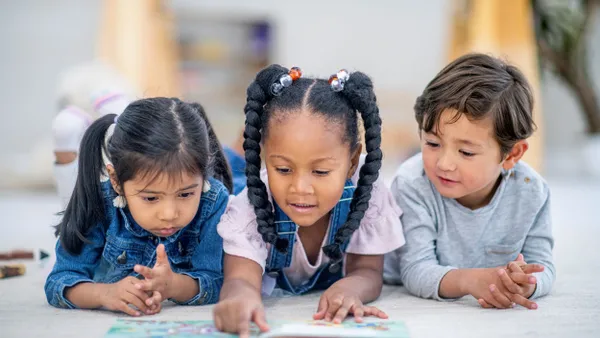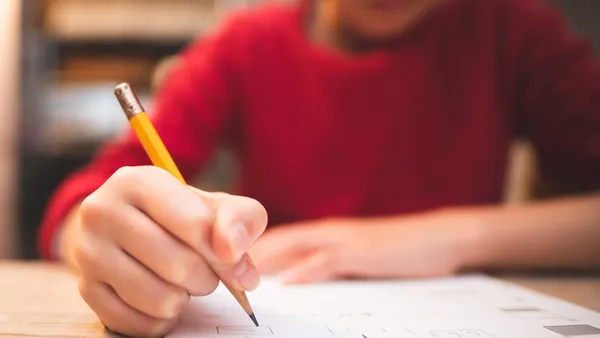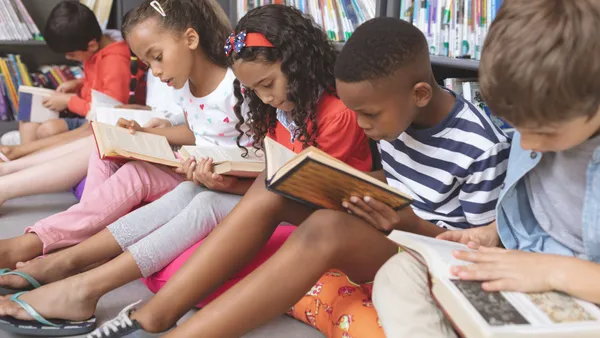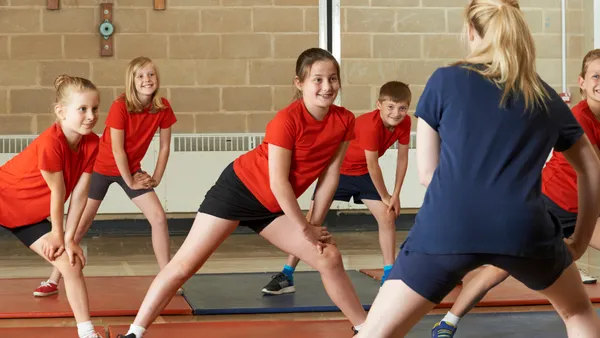The OECD’s (Organization for Economic Co-operation and Development) study on teenage career uncertainty underscores a growing concern: 40% of 15-year-olds lack clear career plans, a figure that has risen by over 50% since 2018. This uncertainty is linked to poorer employment outcomes in adulthood, particularly for students with lower academic performance. The study emphasizes career development programs can significantly reduce this uncertainty by helping students explore interests and align education with potential career paths. However, data from PISA 2022 shows that too few students participate in such initiatives, suggesting a need for broader access and promotion of these programs.
The issue that frequently comes to the forefront is the potential disconnect between and among CTE programs, counseling, and academic standards-based classrooms. In conversations, all appear to believe in the interconnectedness of these three areas, yet they are often separate and distinct for a variety of reasons. Helping students prepare for their lives after school and for potential careers needs to be an integral part of all school’s educational vision. This is often demonstrated in graphics and words through a school’s mission, vision, and Portrait of a Graduate.
How can educators bring CTE, counseling, and standards-based classrooms together? Let’s look at six strategies through the lens of a curricular-focused learning environment:
Facilitating Career Exploration, Awareness, & Application
Counselors play a vital role in the success of all students, helping students identify their strengths, interests, and values through a variety of tools including interest assessments and career inventories. They provide one-on-one or group sessions to help students explore specific careers tied to their interests. These activities can guide students toward careers featured in classrooms, courses, and programs.
Interdisciplinary Career Units
Career exploration and application opportunities can be easily woven into all subjects. What students are learning in the classroom and the passions they are discovering can be connected to potential careers they may want to consider. For example, math classes could include performance tasks around topics such as financial literacy or architecture, requiring teamwork and communication to solve problems. Language Arts related careers could include a grant writer, social media marketer, public relations specialist, or a journalist with projects and lessons easily connected with essential content related to reading, writing, speaking, and listening.
Partnerships between CTE programs and general education teachers can help align these activities with broader learning goals and within and across career clusters and pathways.
Project-Based Learning (PBL)
Incorporating an instructional strategy such as PBL is something that is common for CTE teachers. Using this pedagogy and incorporating future-ready skills can involve students working on complex, real-world problems over an extended period, requiring them to think critically, collaborate, and communicate effectively. Defined utilizes career-themed projects that can be integrated across subjects, such as developing a marketing plan in business classes or designing solutions for community issues in science. These experiences make skills relevant to future careers while aligning with academic standards.
Embedded Communication Training
Incorporating oral presentations, team discussions, research, and report writing into assignments across all subjects ensures consistent practice. Weaving active communication strategies into learning activities helps students practice collaboration and interpersonal skills. Projects that require students to do presentations and/or build communication documents that are informative or persuasive promote formative and summative assessments of communication skills.
Assessment & Reflection
Self-reflections and teacher feedback through the lens of reflecting on the real-world connected processes and content applications to careers through their learning can be powerful “a-ha” moments for students. The use of rubrics for evaluating skills such as problem-solving can help teachers guide students as they practice skills throughout their learning experience. Evidence of practice and growth over time can also be part of an evidenced-based portfolio for the student. Bringing these ideas together can help students understand the interconnectedness between careers, content, skills, and projects.
Collaboration with Employers & Community Partners
Schools can establish partnerships with local businesses to provide interactive career days, mentorship programs, and soft skills training. Exposing students to the workplace through job shadowing, internships, or part-time work enables them to understand real-world career dynamics. When possible, incorporating on-site visits through field trips can help introduce students to different work environments and let them see first-hand the connections between school-based learning and future opportunities.
Bringing professionals into classrooms for workshops or mentorship allows students to practice skills in real-world contexts. Additionally, business and industry experts can work collaboratively with a curriculum team to create performance tasks, projects, and virtual internships to help students bridge the world of work, academic standards, and skill development and practice.
To learn more about how you can support and engage your students in career-connected deeper learning, please click here.

